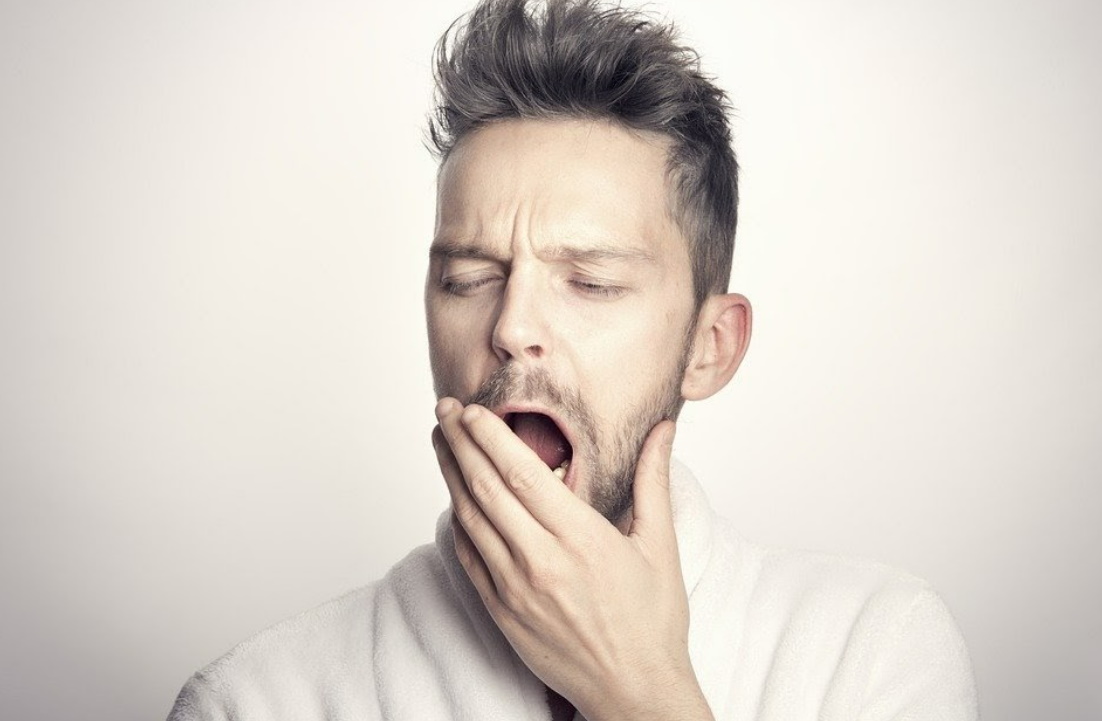What are Common Sleep Disorders and How to Treat Them
- Written by NewsServices.com

Sleep disorders are conditions that prevent people from falling asleep or sleeping for long periods at a time.
Children and adults suffer from sleep disorders, with the results of studies showing that most people get less than six hours of sleep per day.
Lack of adequate sleep can have dire consequences on one's cognitive functioning and result in impairment in fulfilling social responsibilities.
Inadequate sleep can also cause and worsen health conditions such as hypertension and cardiovascular diseases.
Some sleep disorders occur due to underlying systemic diseases, while others arise due to psychological disturbances or environmental stress. Listed below are some common forms of sleep disorders.
Insomnia
Insomnia refers to the inability to fall asleep or stay asleep at night. It is a common condition that most people experience a few times throughout their lives.
It can be acute or transient, usually caused by emotional and physical disturbances such as grief, changing locations, jet lag or work stress.
Acute insomnia usually gets resolved within a few days, and the body resumes its normal sleep-wake cycle.
On the other hand, insomnia is diagnosed as chronic when an individual experiences sleeplessness for at least three nights a week for about three months.
Long bouts of insomnia can result in fatigue, drowsiness, especially during the day, activity intolerance and a low concentration level.
Diagnosis
While it is normal to experience acute insomnia once in a while, you should visit your physician when symptoms persist for more than a week.
Your health care provider will ask questions about your sleep patterns and lifestyle to form a diagnosis.
Treatment
Over-the-counter sleep medications can be prescribed for short term use. Lifestyle changes such as adhering to a strict sleep schedule, avoiding stimulants such as caffeine at nighttime and practising relaxation techniques can also prove to be helpful.
Sleep Apnoea
Sleep apnoea is a condition when someone stops breathing while asleep. Occurrence can range from a few times to more than ten times in an hour.
The affected person suffers from low oxygen intake and is usually forced awake as the body tries to rectify the oxygen deficiency. Symptoms of sleep apnoea include snoring and feeling tired after a good night's sleep.
Obstructive sleep apnoea is a type of sleep apnoea that occurs due to a blockage in the airways.
The blockage can be in the form of a collapsed tongue or large tissues in the airway. Another type is central sleep apnoea. It occurs due to impaired neural transmission from the brain to the nerves responsible for keeping the airway open.
Diagnosis
Arrange a consultation with a sleep apnoea clinic where a specialist will assess your symptoms and medical history.
A sleep specialist can also carry out procedures such as polysomnography, which monitors your movements, level of oxygen and brain activity while you are asleep.
Treatment
Continuous Positive Airway Pressure (CPAP) therapy involves using masks or nasal cannulas to deliver pressure to the airway, thereby keeping them open while you sleep.
Dental guards and oral appliances can also be used to combat sleep apnoea. They work by slightly forwarding the position of the lower jaw to open the airways. Consumers report this to be a much more comfortable treatment than traditional CPAP machines.
Narcolepsy
Narcolepsy is a genetic disorder that causes an individual to experience drowsiness and fall asleep involuntarily, usually while carrying out activities of daily living.
It is also characterized by acute muscle weakness that accompanies the show of emotions like laughing or crying.
A deficiency in the area of the brain that regulates the body's sleep-wake cycle and maintains muscle tone causes narcolepsy.
Patients can also suffer from sleep paralysis and hallucinations while waking up or drifting asleep.
Diagnosis
Narcolepsy is primarily diagnosed through a comprehensive medical assessment and sleep studies.
Treatment
Medications that combat drowsiness and induce alertness are used to treat narcolepsy.
REM Sleep Behaviour Disorder
During REM (rapid eye movement), there is a lack of control over the body and the absence of muscle paralysis that prevents us from moving while in a deep sleep.
This condition causes people to move their limbs while asleep; they can kick, bite, punch or act out parts of their dreams.
Most people that suffer from this form of sleep disorder are unaware and often find out about their condition from their bed partners.
Fatigue, muscle weakness and anxiety are usually experienced during the daytime as patients cannot achieve restful sleep at night.
Diagnosis
Procedures such as polysomnography and encephalography monitor the brain's activity during sleep and detect involuntary and abnormal muscle movements.
Treatment
Practising healthy sleep hygiene can help to minimize the occurrences of sleep behaviour disorder.
Your physician can also prescribe lifestyle changes, medications and other treatments that prevent movement during sleep and enable you to get a good night's rest.

